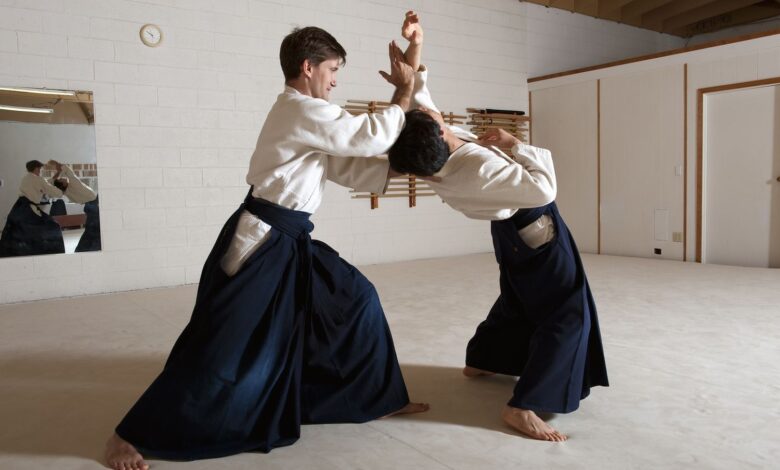The Martial Art of Karate: A History and the Evolution of the Belt System

Karate, the martial art known for its striking techniques, discipline, and philosophy, has a rich and fascinating history that spans centuries. This article explores the origins and development of karate, with a particular focus on the evolution of the belt system, a symbolic representation of a practitioner’s progress and skill.
Ancient Roots of Karate
The history of karate can be traced back to ancient Okinawa, a small island in Japan. Karate’s origins are rooted in the Ryukyu Kingdom, where indigenous martial arts were developed and refined over generations. These early martial arts were primarily intended for self-defense against invaders and were heavily influenced by Chinese martial arts, such as kung fu and other martial arts types.
The Birth of Karate as We Know It
The 20th century marked a significant turning point in the history of karate. Gichin Funakoshi, often referred to as the father of modern karate, played a pivotal role in introducing this martial art to mainland Japan. Funakoshi adapted and codified the Okinawan martial art, renaming it “karate,” which means “empty hand.”
In 1922, Funakoshi demonstrated karate at the first Japanese martial arts exposition in Tokyo. This event marked the beginning of karate’s spread throughout Japan and eventually the world. Funakoshi’s teachings emphasized the physical, mental, and moral aspects of karate, making it a holistic practice.
The Belt System: A Symbol of Progress
One of the most recognizable features of karate is its colored belt system. This system was not part of the early Okinawan martial arts but was introduced as a teaching tool to gauge a student’s progress and skill level. As karate gained popularity in Japan and beyond, the karate belt order and system became an integral part of the practice.
The Evolution of the Belt Colors
Originally, there were only two belt colors in karate: white and black. A white belt symbolized a beginner with a blank slate, while a black belt represented a more advanced practitioner who had achieved a level of proficiency. The black belt, however, was not limited to one level; it had various degrees or dans, each indicating a higher level of expertise.
In the mid-20th century, Gichin Funakoshi introduced the concept of colored belts to signify different ranks within the kyu-dan system (student and master levels). This innovation helped students set clear goals for their progress and provided a sense of accomplishment as they advanced through the ranks.
The traditional belt colors used in many karate schools are as follows:
- White Belt: This signifies purity, innocence, and a blank canvas. The white belt represents a beginner who is starting their journey in karate.
- Yellow Belt: Symbolizes the first rays of sunlight, signifying the growth of knowledge and understanding in karate.
- Orange Belt: Represents further progress and the development of techniques, just as the sun becomes brighter and more prominent.
- Green Belt: This signifies growth and improvement in one’s abilities, mirroring the lushness and vibrancy of plant life.
- Blue Belt: Reflects a deeper understanding of the art and the refinement of techniques, similar to the depth of the ocean.
- Purple Belt: Symbolizes the transition from intermediate to advanced levels, with a focus on honing one’s skills.
- Brown Belt: Represents advanced proficiency and a thorough understanding of karate techniques.
- Black Belt: This signifies a high level of expertise and mastery. It is important to note that achieving a black belt is not the end of one’s karate journey but rather the beginning of a deeper exploration of the art.
Conclusion
Karate’s history is a testament to its enduring appeal and global reach. From its humble origins in Okinawa to its spread throughout Japan and the world, karate has evolved into a martial art that encompasses physical fitness, mental discipline, and a strong moral code.
The belt system, with its various colors and ranks, is not only a symbol of a practitioner’s progress but also a source of motivation and dedication. It encourages students to strive for excellence, both on and off the mat, as they progress from the simplicity of the white belt to the mastery of the black belt. Through its history and the symbolism of the belt system, karate continues to inspire countless individuals on their martial arts journey.




